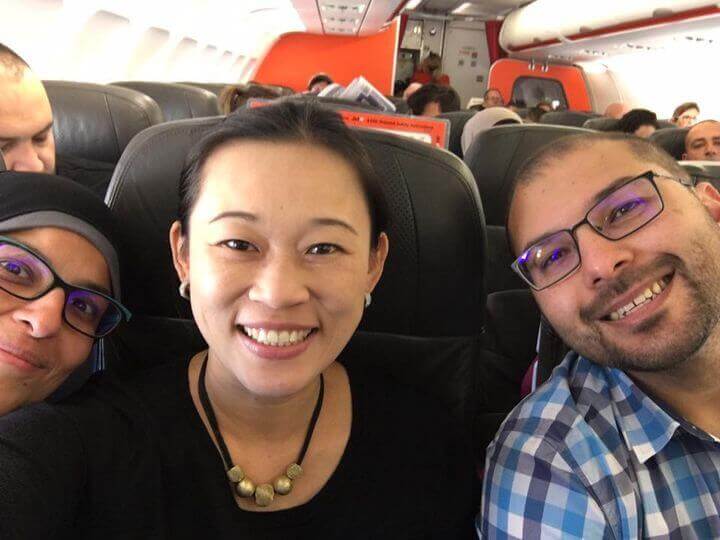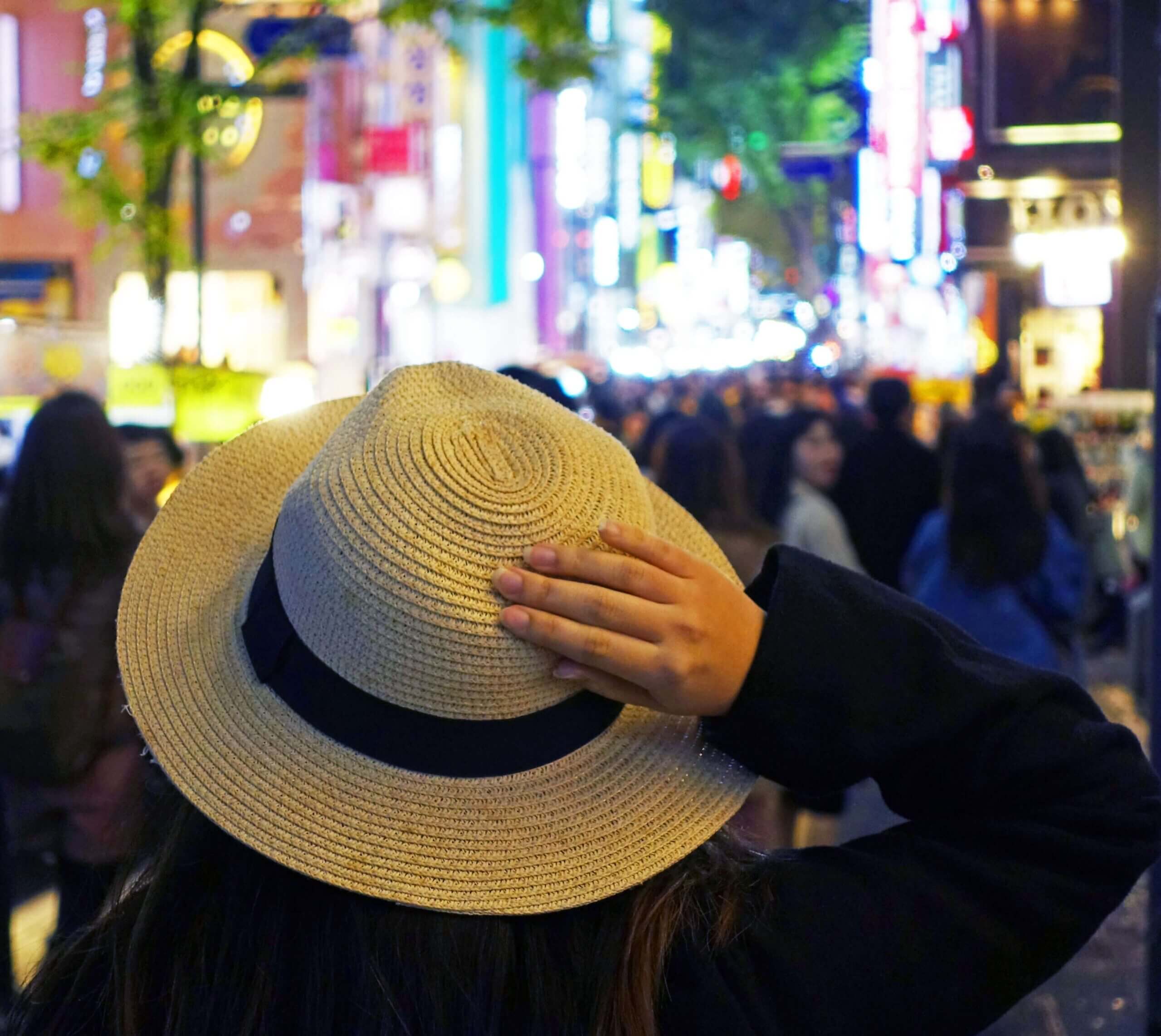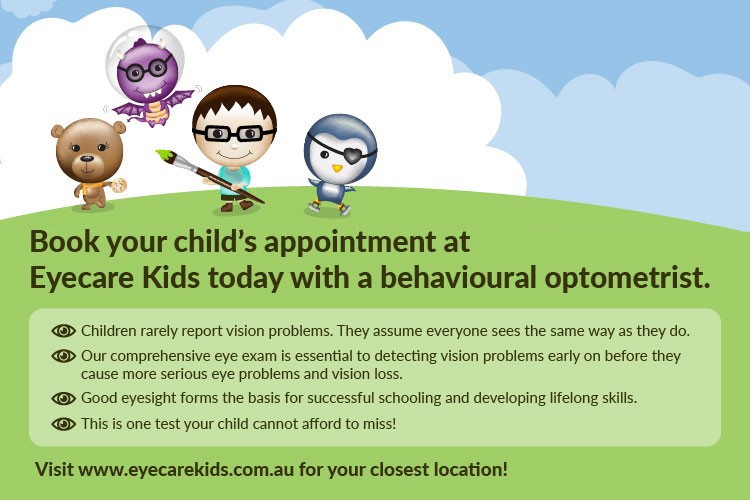 Researchers predict that by 2050, half the world’s population (around 5 billion people) will likely be short- sighted/myopic. One fifth of those will be highly myopic, and in turn risk blindness. The risk for those in the ‘highly myopic’ group emerges many decades later. They can develop problems such cataracts, retinal detachments and irreversible damage to the macula (the area of central/clearest vision).
Researchers predict that by 2050, half the world’s population (around 5 billion people) will likely be short- sighted/myopic. One fifth of those will be highly myopic, and in turn risk blindness. The risk for those in the ‘highly myopic’ group emerges many decades later. They can develop problems such cataracts, retinal detachments and irreversible damage to the macula (the area of central/clearest vision).
Our goal as optometrists is to do everything we can to slow down or halt the downhill slide that is the path of so many young myopes as they approach their teenage years. One successful approach is with the use of Ortho-K lenses. These lenses are worn at night whist sleeping and then removed upon waking. They gently alter the corneal shape which results in clear vision throughout the day without the need for spectacles or contact lenses.
This method of trying to keep myopia at bay has proven successful for many people that wear the lenses through those growing years.
An added benefit is that day to day activities such as sports, swimming, surfing etc. are much more accessible as no vision correction is required.
 A group of optometrists from Eyecare Kids attended the Orthokeratology Conference at the Gold Coast in October 2016. It was very informative and inspiring in the results that Ortho-K can have on Myopia control and hence the prevention of the risks associated with high myopia.
A group of optometrists from Eyecare Kids attended the Orthokeratology Conference at the Gold Coast in October 2016. It was very informative and inspiring in the results that Ortho-K can have on Myopia control and hence the prevention of the risks associated with high myopia.
The message they took home was that they should act sooner rather than later in fitting lenses. The best time to slow myopia is when it is first diagnosed. The less myopic a child is, the lower the risks.
A deeper understanding of the optics of Orth-K and how it controls myopia was gained. By altering the shape of the cornea, the central vision remains clear, and the way the light is diffracted to the periphery of the eye is what discourages myopia progression.
 They also learned how much of an epidemic myopia is in Asia. Sixty years ago, 10-20% of the Chinese population was short sighted. Today, up to 90% of teenagers and young adults are. In Seoul, a whopping 96.5% of 19 year old mean are short-sighted. In some Chinese classrooms, children read book with special desks equipped with iron bars to keep them at a good working distance.
They also learned how much of an epidemic myopia is in Asia. Sixty years ago, 10-20% of the Chinese population was short sighted. Today, up to 90% of teenagers and young adults are. In Seoul, a whopping 96.5% of 19 year old mean are short-sighted. In some Chinese classrooms, children read book with special desks equipped with iron bars to keep them at a good working distance.
While about 30% of the risk of myopia is genetic, experts say that daily exposure to sunlight can slow progression. Things like ball games, walks, fun at the playground and other outdoor activities on a daily basis are advised. Less time on computer games, hand held games and excessive close up reading are discouraged.
A very apt quote from Susan Del Gatto was:
“If you choose not to deal with an issue, then you give up the right of control over the issue and it will select the path of least resistance”.
The take home was message was not to bury their heads in the sand, but rather to do what was in their power as optomertists to protect the future sight of those with myopia.

